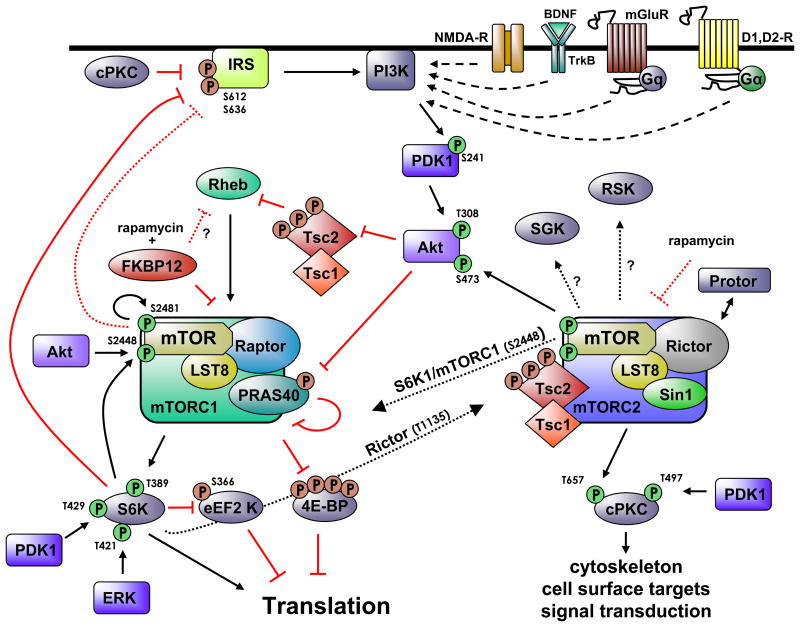Figure 2. Signaling upstream and downstream of mTORC1 and mTORC2.
Neuronal receptors and channels (NMDAR, Trk-B, mGluR D1R, and D2R) activate downstream signaling pathways leading to mTORC1 activation. The upstream signaling regulating mTORC2 activity in neurons is currently unknown. mTORC1 activity regulates several downstream effectors of translation (S6K, 4E-BP, eEF2K) both somatically and dendritically in neurons. mTORC2 may modulate the activity of mTORC1 either directly (S2448) or indirectly (Akt, cPKC, S6K). mTORC1 substrates (S6K) can phosphorylate Rictor enabling crosstalk between the two TORC complexes. mTORCs regulate several critical neuronal metabolisms including translation, cytoskeletal structure, protein stability and signal transduction. Abbreviations used: Akt/protein kinase B (Akt/PKB), brain-derived neurotrophic factor (BDNF), conventional protein kinase C (cPKC), Dopamine receptor type 1 (D1R), dopamine receptor type 2, (D2R) extracellular signal-regulated protein kinase (ERK), eukaryotic initiation factor 4E-binding protein (4E-BP), eukaryotic elongation factor 2 Kinase (eEF2 K), FK506-binding protein 12 (FKBP12), Gq-protein (Gq), insulin response element (IRS), mammalian lethal with sec 13 (mLST8), metabotropic glutamate receptor (mGluR), mammalian target of rapamycin (mTOR), N-methyl-D-aspartate receptor (NMDAR), phosphoinositide-3 kinase (PI3K), mTOR complex 1 (mTORC1), mTOR complex 2 (mTORC2), phosphoinositide-dependent kinase 1 (PDK1), proline-rich Akt/PKB substrate 40 kD (PRAS40), protein observed with rictor (Protor), Regulatory-associated protein with TOR (Raptor), Ras homolog enriched in brain (Rheb), Rapamycin- insensitive companion of mTOR (Rictor), p90 ribosomal S6K kinase 2 (Rsk2), SAPK (Sin1), p70 S6 Kinase (S6K), serum- and glucorticoid inducible kinase (SGK), tyrosine receptor kinase-B (TrkB) tuberous sclerosis complex 1 and 2 (TSC1/2). T=threonine, S=serine (number denotes residue phosphorylated), Red (P) denotes inhibitory regulation; Green (P) denotes stimulatory regulation.

